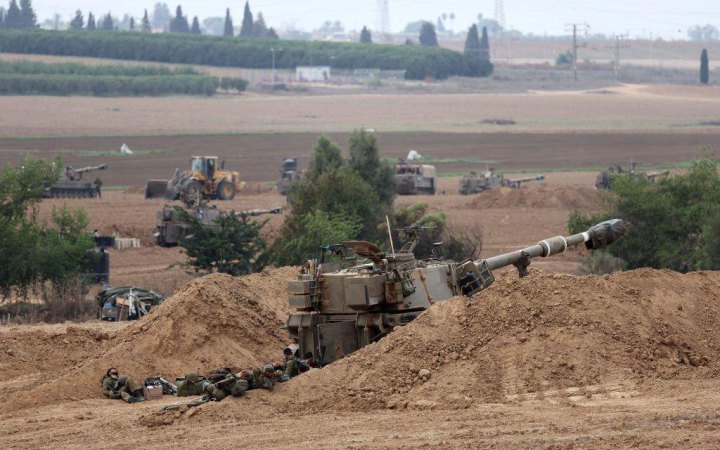The IDF's line of defence in Gaza is based on a collection of technologies that were supposed to prevent, or at least warn and provide initial protection, until the air force or another mounted infantry force arrived.
The line included an upper and lower fence, an inductive upper fence (sensitive to touch), lookouts, sight-shooting positions, infantry bases with tanks, armored personnel carriers and infantry crews. In the communities there are alert squads that are supposed to be the last buffer between civilians and terrorists. If the entire defence system failed and the terrorists reached the gate. And despite all this, on Saturday morning, hundreds of Hamas terrorists break through the fence on five fronts, break into IDF outposts with relative ease, murder or capture everyone at the post, some of the squads disperse towards dozens of communities, each trained, familiar with the goal, and came with one goal - to kill and capture Jews.
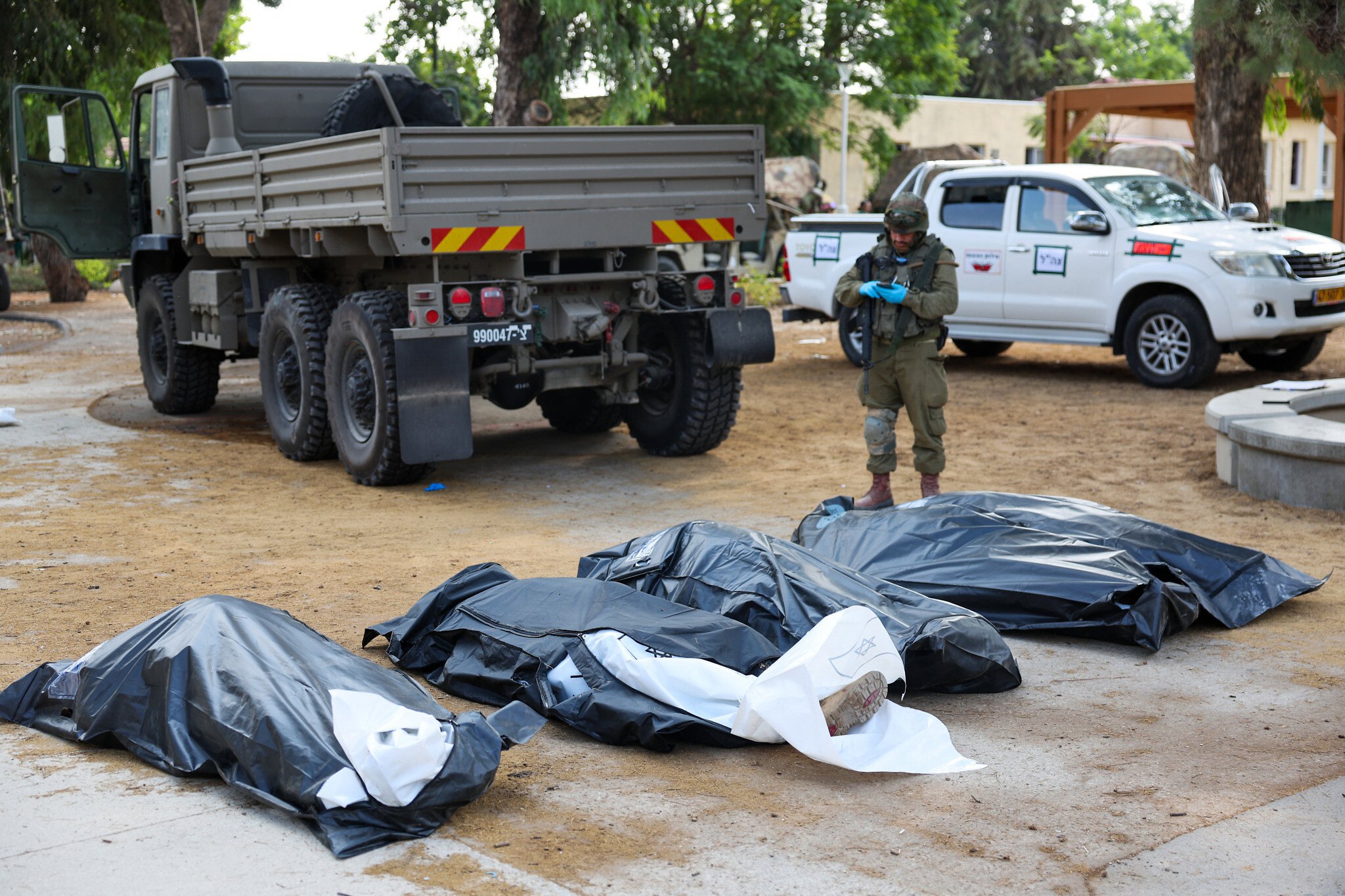
The IDF did not prepare for this. To concentrate forces of hundreds of terrorists, who break through five locations in the fence simultaneously, And enter on cars and motorcycles in the direction of outposts and kibbutzim. Some are hundreds of meters from the border, some are a few kilometers. And in the midst of all this equation, a nature party of thousands of people. The tragic result was the occupation of settlements inside the State of Israel, thousands of dead and wounded. Hamas managed to overcome the entire defence system built by unsophisticated means.
This is an outpost that includes a tower topped by a machine gun operated remotely by the lookouts at another outpost. Hamas launched a drone with bombs, blew up the machine gun on the roof of the outpost and managed to paralyse the system.
The war room with female observers: This is a war room inside a military base near the border, manned by dozens of observers in shifts around the clock, who sit in front of screens connected to cameras overlooking the border fence. The observers see every movement on the border and know how to call forces or activate the sight-shooter. Hamas neutralised the surveillance cameras with anti-tank missiles.
Part of Hamas' surprise attack was based on drones. They send a drone to bomb a tank, a sight-seeing position, or soldiers at an IDF base. The drone threathas beenknown to the IDF since at least 2010. The defence establishment did nothing to thwart the drone threat from Gaza.
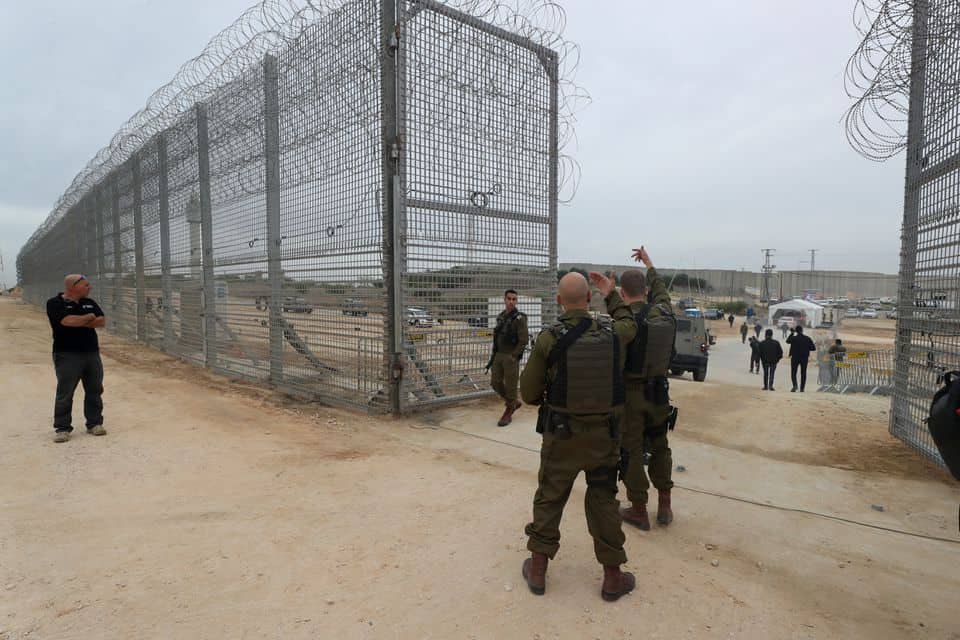
The overhead fence between Gaza and Israel is supposed to warn at every contact. On Saturday morning, it was breached in at least five different places, in explosions, and no force jumped to the spot. It is not yet clear whether the warning was sent to operations rooms beyond the Gaza Division and who knew that the fence had been breached.
Command and control system: Hamas has managed to paralyse the forward command and control system in the Gaza Strip. Forces reached the occupied kibbutzim only about 3.5 hours after the attack began, and to kibbutzim further south after six hours or more.
Many questions remain open about the system that failed. This appears to be a multi-system failure. However, we can already try to assess that the main findings of the failure stem from the following reasons:
The State of Israel, both the political and security echelons were convinced that the defense systems built vis-à-vis the Gaza Strip provide an appropriate response to the threat of a possible invasion by Hamas forces into the kibbutzim and communities surrounding Gaza. The second part that collapsed in the conception was that the other side, i.e., Hamas, was not planning such an operation and that its interests were one of calm and not war. That the political and military echelons are trapped in such a concept, Even if all the red flags are raised, they will not move decision makers from their positions.

But the concept that was built was directly related to messages from the political echelon, which marked Hamas as low priority vis-à-vis what was happening in Judea and Samaria, and in effect forced the security echelon to divert enormous resources of intelligence and means to Judea and Samaria. An army based on regular forces and the broadest threats should prioritise forces. Diverting forces to one area will necessarily come at the expense of investing intelligence resources in another.
As far as the Iranians and Hamas were concerned, the timing of the attack was perfect. Jewish holidays and Saturday. These are periods in which the order of battle that the IDF leaves at bases is relatively low. Many soldiers go home to celebrate the holidays with their families, so if an attack is planned, the best time is on holidays or weekends.
But above all this was an unprecedented intelligence failure on the part of all intelligence agencies in Israel. The Mossad completely failed to identify the incident with the Iranians, Hezbollah and the Hamas leadership in Qatar and Turkey. The Intelligence Directorate, and especially the Shin Bet, completely failed to identify the preparations for the attack, which had lasted a very long time, when there should have been dozens of people in the secret.
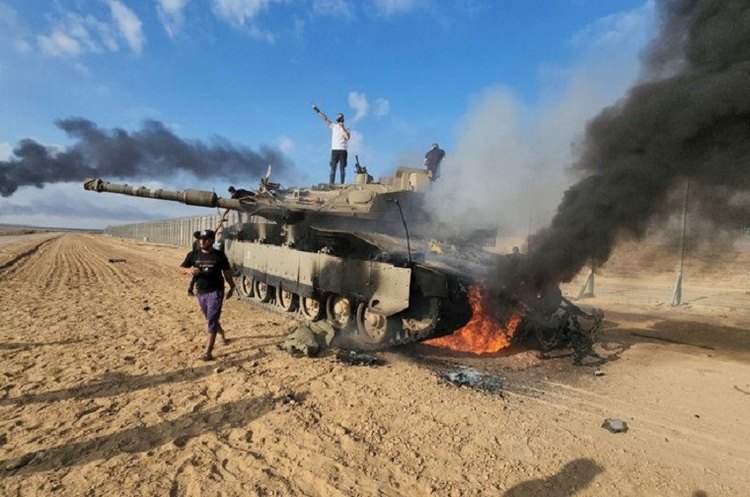
Such an intelligence failure is not only related to conception, it is connected to the entire intelligence gathering system of the State of Israel. Failure to recruit sources in Hamas' strategic centers, Failure to understand intelligence, failure to invest resources vis-à-vis Hamas. The intelligence agencies in the State of Israel are immersed on a daily basis in the Iranian nuclear project, thwarting terrorist attacks abroad, and collecting information on targets for emergency attacks, especially Hezbollah targets in Lebanon or the Gaza Strip. According to initial indications, Hamas, together with the Iranians, managed to develop a very secret communications system, unknown to Israel, through which to plan the entire operation over time. "The training for such an operation, I assume, was not done in the Gaza Strip but abroad, so where is the Mossad?" Hamas is the last priority given by the Mossad.
There were also a series of indications prior to the attack that red lights should have been turned on, but the erroneous conception interpreted them completely differently.
Thus, on 12 September, the annual exercise of the military wings of the terrorist organisations in the Gaza Strip, a land and naval manoeuvre, including the launching of a barrage of rockets at the sea. On 22 September, for the first time in two years, rioters launched incendiary balloons from the Gaza Strip, and fires broke out in the envelope. The launching of balloons continued in the following days. On 24 September Hamas, Islamic Jihad and the PFLP decided to escalate security and strengthen coordination between the Palestinian terrorist organisations. On 3 October, Islamic Jihad's military-terrorist wing held a military manoeuvre in which the operatives simulated a raid on IDF tanks, fired a barrage of rockets into the sea, and more.All these signs were interpreted as an exercise rather than a deception in anticipation of a serious security incident.
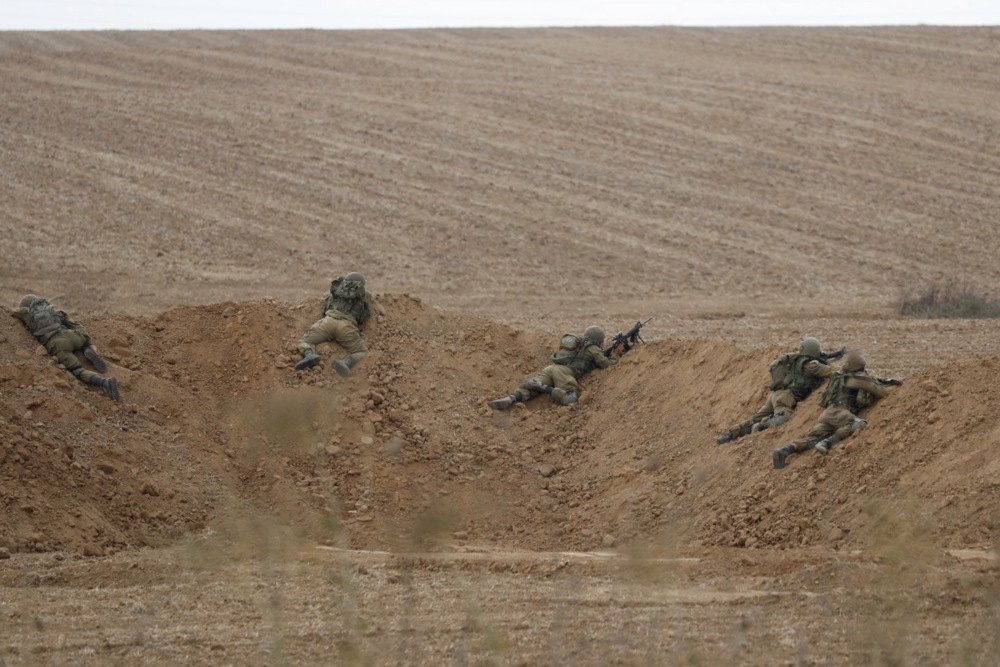
Another indicative sign is related to the upcoming elections in the Hamas leadership leadership of the movement's political bureau. Elections for the Hamas leadership have always given rise to internal struggles between competitors over the military line they intend to take after the elections. Each of the candidates sought to present a more rigid and assertive line. At the end of October, Hamas will end a lengthy process of elections for its institutions, including the Political Committee, its supreme institution. Twoare competing for the position of head of the political committee – Yahya Sinwar and Saleh al-Arouri. Sanwar currently serves as head of the Hamas movement in Gaza, and al-Arouri is number two on the political committee after Ismail Haniyeh, who is about to end his term as head of the committee. Al-Arouri is now considered the most radical element in Hamas, And he worked on a renewed rapprochement between Hamas and Iran and an increase in terrorist attacks. Sinwar, on the other hand, is considered the more pragmatic element in Hamas. The past year has shown that Salah al-Arouri is actually the more dominant figure in Hamas, and therefore it could be assumed that Hamas would adopt its war line even more.
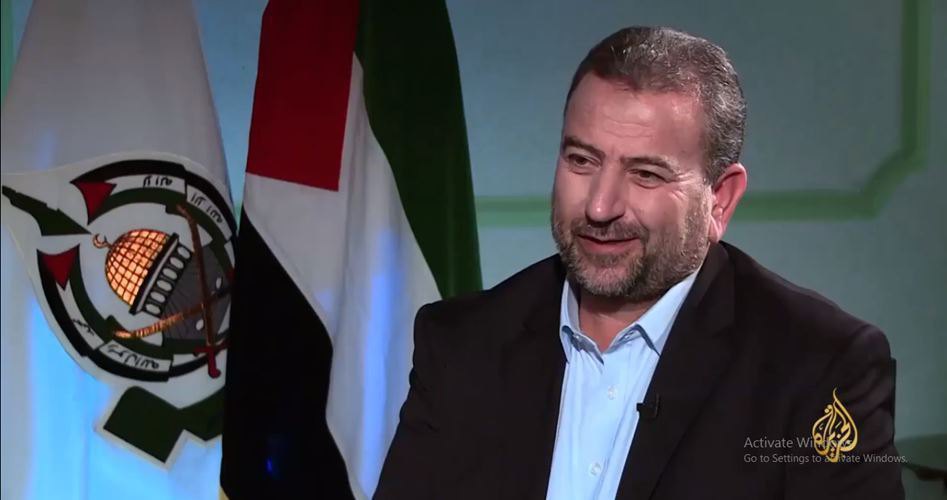
But beyond the unprecedented intelligence failure of the security forces, the State of Israel has undergone a series of severe shocks over the past year that have greatly touched the security and intelligence establishments. The regime revolution that the Israeli government tried to carry out caused a very deep rift in Israeli society, and in the army. So much so that pilots, intelligence personnel from all units announced that they would stop serving in the army. Over the past year, the Israeli military has been immersed in ensuring that the framework does not fall apart and less in training for war. The political echelon irresponsibly attacked the military echelon, humiliating and personally harming the highest echelons of the army. The political echelon completely refused to heed the warnings of the heads of the defence establishment that the government's policy is severely harming Israel and creating in the hands of Israel's enemies a great desire and belief that they have the power to destroy the State of Israel.
7 October, 2023 is a formative event in the life of the State of Israel, but its lessons should be learned by the countries of the entire world. Countries must not be immersed in conceptions, the political echelon must not harm its army and its security systems, it is always necessary to examine intelligence information from several angles and always be skeptical about the situation, technology cannot replace people, it can help but not replace. And most importantly – always be humble, Even if your opponent is perceived as inferior to you. An opponent perceived as weak is sometimes the most dangerous.









